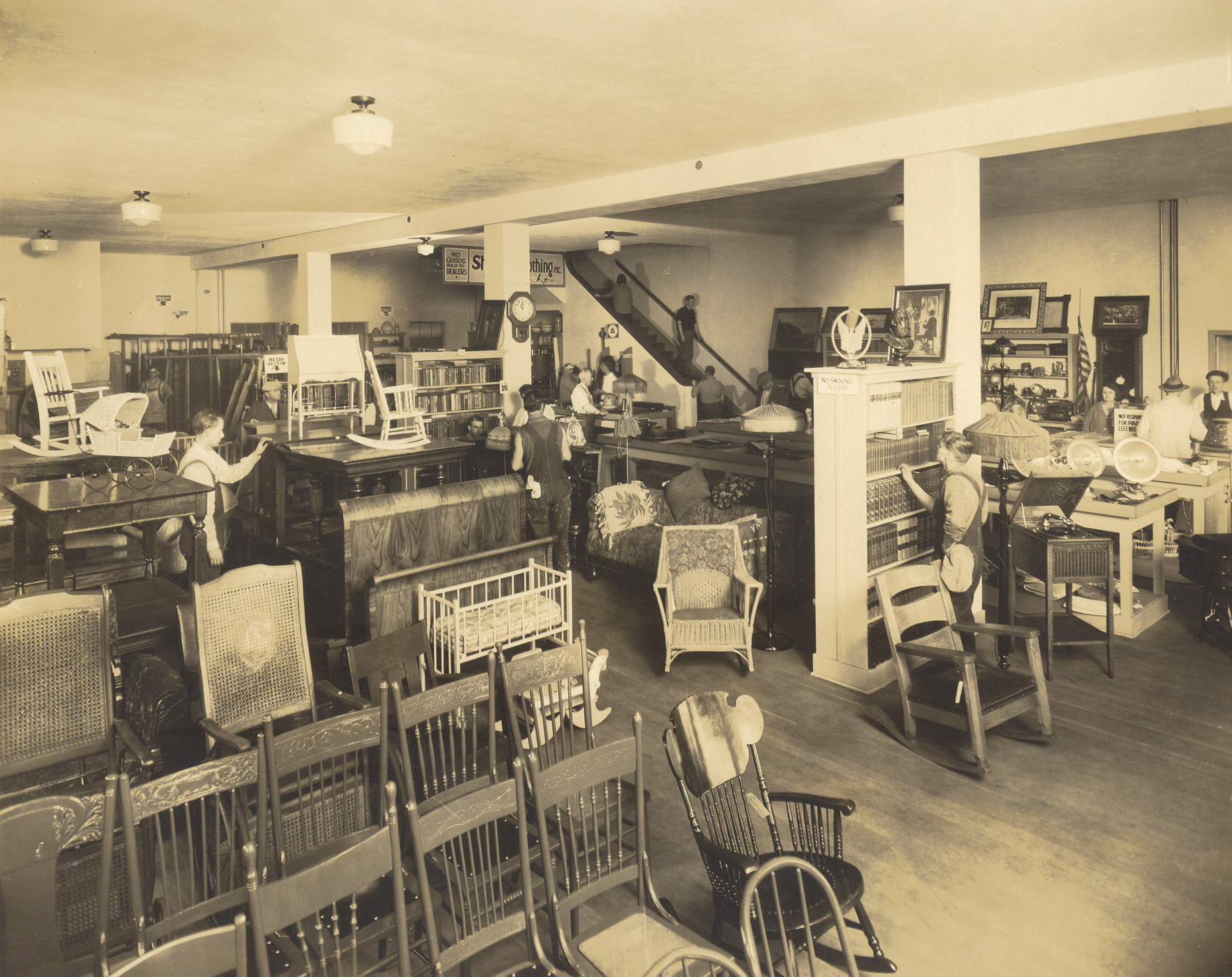Where Did Thrift Stores Come From?

If you enjoy shopping for second-hand items, you're not alone. Recent statistics reveal that the sales of second-hand products contribute approximately $53 billion annually to the US economy. Over the years, these unique places of business have provided a way for consumers to stretch their hard-earned dollars, and many charitable organizations fund the essential work they perform every day.
For organizations like The Salvation Army, thrift stores provide the lifeblood for many of the vital ministries that help local communities. The funds generated through the reselling of gently used goods account for approximately 15% of the Army's current annual budget and fund many of the programs and services offered to its communities. For example, the Adult Rehabilitation Centers (ARC), which offer targeted strategies for individuals struggling with substance abuse issues, often rely on local thrift store dollars.
While bartering for second-hand goods has been a part of civilization for a long time, American thrift stores were first established in the late 19th century. As waves of impoverished immigrants arrived in ever-emerging city slums, they often encountered deplorable living conditions. Religious organizations such as The Salvation Army began serving these communities, trying to combat the rampant disease, hunger, and homelessness around them. To fund their services, these organizations often sent volunteers to collect items that could be resold or refurbished.
In 1897, the first "Salvation Brigade" was developed, utilizing residents of a local men's shelter to scavenge what items they could find in exchange for a meal and a place to sleep. The collections proved so successful that it soon became apparent that the Salvationists would need a physical place to store and sell their wares, so the "family thrift" store was born. Within a year, a Methodist minister launched "Goodwill" in Boston, adapting the model that had proved successful for The Salvation Army in other urban areas.
 During the 1920s, brick-and-mortar Salvation Army "family thrift" stores appeared in various cities across the United States. These businesses were often modeled after larger retail department stores and began expanding their collections by utilizing fleets of trucks to pick up donated items. By the time of the stock market crash in 1929, more than half of The Salvation Army's annual budget was generated from resale shop sales. During the next decade, the severe economic conditions of the Great Depression forced Americans to rely on thrift stores more than ever, eliminating any stigma that might have been associated with buying anything second-hand.
During the 1920s, brick-and-mortar Salvation Army "family thrift" stores appeared in various cities across the United States. These businesses were often modeled after larger retail department stores and began expanding their collections by utilizing fleets of trucks to pick up donated items. By the time of the stock market crash in 1929, more than half of The Salvation Army's annual budget was generated from resale shop sales. During the next decade, the severe economic conditions of the Great Depression forced Americans to rely on thrift stores more than ever, eliminating any stigma that might have been associated with buying anything second-hand.
Following World War II, America experienced an economic boom that reshaped fundamental consumer values. The rise of mass production and advertising fueled a consumption culture, promoting the idea that buying new goods reflected increased prosperity and success. As more Americans began spending their newfound wealth on the latest gadgets, clothing, and furnishings, donations of used items increased, providing a boon to thrift stores. The last part of the 20th century saw many charitable organizations expand their operations as thrift stores continued to serve the needs of their communities.
Today, the rise of the Internet and a global pandemic has compelled The Salvation Army stores to embrace new social media mediums to help consumers shop. As online shopping continues to gain momentum in the marketplace, thrift stores are finding increased revenues by opening their goods to more potential buyers.
Still, if you are worried about your physical thrift store closing its doors, don't be. Shopping in second-hand thrift stores continues to grow as Americans look for ways to stretch their budgets. While the offerings are a boon to bargain hunters, the funds raised can help restore lives and impact communities by sending a clear message of hope, resilience, and possibility. The clarion call of second chances is the message that organizations like The Salvation Army have always been built on. As we celebrate National Salvation Army Week, join us in celebrating the mission and ministry of rebirth that our world desperately needs to hear.
